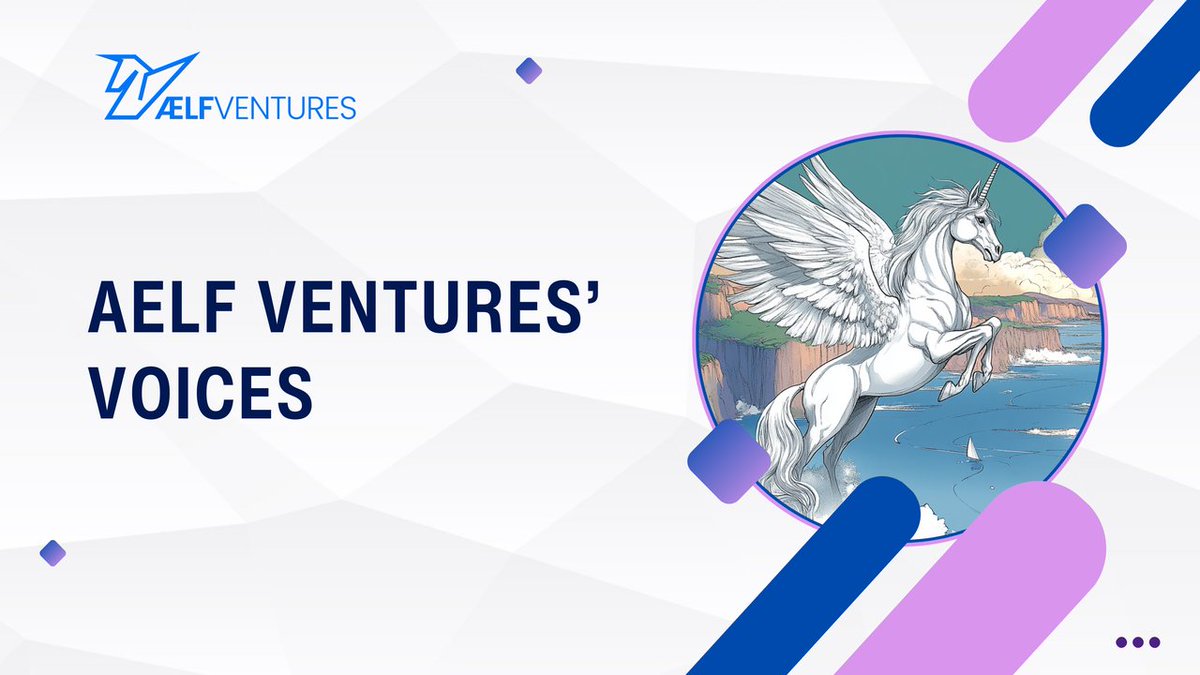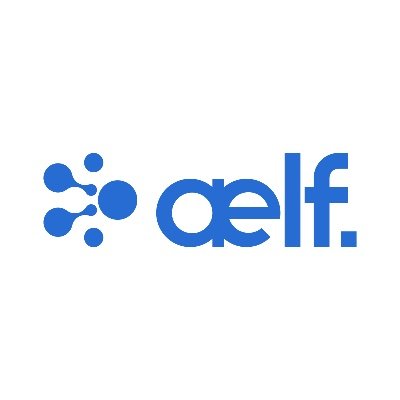🗣️aelf Ventures' Voices: Do Token Buybacks Make Sense?💬
As explored in this week’s Spotlight post, token buyback is a popular method for #Web3 projects to regulate token supply and manage price stability. Now, let’s explore the cases for and against token buybacks, and when it makes sense!
The Case For Token Buybacks
1️⃣Signal of Strength & Confidence
#Buybacks are viewed as a powerful signal of product-market fit and protocol maturity. When a team uses revenue to buy its own token, it reflects belief in the protocol’s moat and long-term value. It also aligns long-term holders and developers by reducing floating supply and potentially stabilising token price.
2️⃣Return to the Fundamentals
Amid uncertain macro conditions and shifting narratives, investors are turning away from speculative hype and favouring protocols that demonstrate real yield and sustainable economics. In this climate, token buybacks can serve as a compelling signal of financial maturity. By using revenue to repurchase tokens, projects simultaneously reduce circulating supply and highlight strong, recurring cash flows—reinforcing a return to fundamentals and long-term value creation.
The Argument Against Buybacks
1️⃣Capital Misallocation
Buybacks might not be the most productive use of protocol treasury funds. Instead of purchasing its own token, a protocol could:
- Expand product offerings
- Increase cross-chain liquidity
- Deploy capital in #DeFi for high yield
- Build strategic partnerships
In this view, buybacks represent effort spent on optics rather than growth.
2️⃣Crypto ≠ TradFi
While common in equity markets, buybacks in #crypto face different dynamics. With ongoing vesting and large insider allocations, they often provide only short-term support—and may simply serve as exit liquidity for early stakeholders, offering limited value to long-term holders.
🔵aelf Ventures' take:
Buybacks can be powerful when certain conditions are met:
🔹Fully Circulating Supply: If all tokens are already vested, buybacks aren’t competing with unlocks, and can function closer to #TradFi share repurchases.
🔹Revenue-Generating Protocols: Projects with real income flows can sustain buybacks as part of a broader capital return strategy.
🔹No Outside Funding Pressure: Protocols like @HyperliquidX or @JupiterExchange have more flexibility to conduct buybacks without creating liquidity traps for insider allocations.
When token supply is clean, cash flows are robust, and product-market fit is established, buybacks can help establish meaningful price floors, reward holders, and reinforce protocol strength. But done too early or without transparency, they risk becoming a short-term patch for deeper #tokenomics issues.
Buybacks aren’t inherently good or bad—they depend on timing and context. For protocols with strong fundamentals, they can signal confidence, align stakeholders, and build trust. But without sustainable revenue, buybacks risk draining resources needed for growth.

5.26K
9
The content on this page is provided by third parties. Unless otherwise stated, OKX is not the author of the cited article(s) and does not claim any copyright in the materials. The content is provided for informational purposes only and does not represent the views of OKX. It is not intended to be an endorsement of any kind and should not be considered investment advice or a solicitation to buy or sell digital assets. To the extent generative AI is utilized to provide summaries or other information, such AI generated content may be inaccurate or inconsistent. Please read the linked article for more details and information. OKX is not responsible for content hosted on third party sites. Digital asset holdings, including stablecoins and NFTs, involve a high degree of risk and can fluctuate greatly. You should carefully consider whether trading or holding digital assets is suitable for you in light of your financial condition.

